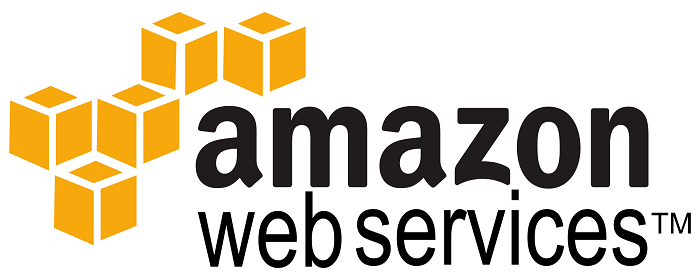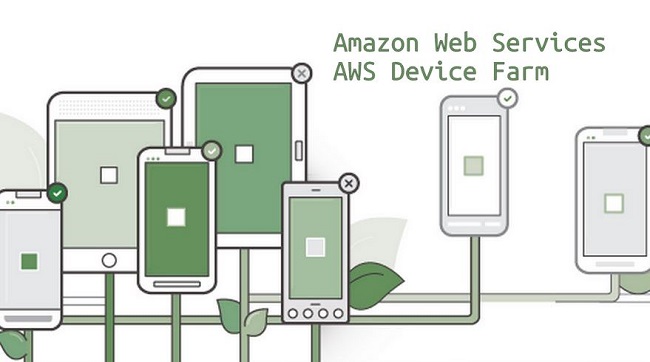Undoubtedly, Amazon is one of the honchos of cloud computing service and Amazon web service, which brands Amazon’s data server, has already become a coveted name in this particular niche. AWS is surely leading this market segment to evolve and amplify its capabilities and also making it combat ready for the future demands and problems. New technologies like cloud computing are becoming more versatile with the flow of time and they are positively bringing in radical changes to enhance the existing level of web application development functionalities. Lately, Amazon has added a bunch of new features to its benchmark Web services like EC2 and CloudFront.
The focal issue of this article is to discuss about these technical advantages of Amazon’s new data server and how these can be beneficial to your business. Before digging deep, you need to have clear cognizance with the technological aspects of these new services.
Data Server API gateway – Build your APIs and Run Them on Amazon Web Service
Amazon API gateway is one of the cutting edge technologies for the Amazon web service users. Developers now can use it to equip their application with an array of features. With this gateway, it becomes painless for the applications to access an endless stream of data and to develop a set of strong logical and analytical functions. Moreover, Amazon API gateway handles all the heavy lifting of processing a massive amount of API requests, different access level control and traffic management.
Technically, Amazon API gateway is such a service which is fully managed, and due to that its users can develop, publish and monitor their application’s performance through their individual APIs with the help of the ‘AWS Management Console’. Moreover, with it the version management of APIs become a spartan task for the application developers.
Some of the key features of this Amazon web service gateway are:
- Fast organisation of your API development plans by running multiple versions of the same API which is ideal for testing and publishing new versions of an API.
- A superior and flexible security layer – A herd of AWS administration tools are there for developers like IAM (identity and access management), OAuth tokens and other security measures.
- Developers can create modern resource based APIs with an opportunity to make RESTful endpoints for existing services.
- Developers can go serverless with their application development with AWS Lambda
- Developers can monitor their API’s activity
- Performance scaling ability with the Amazon CloudFront Integration with AWS
AWS Device Farm – test your App on real devices within the data server
Only a successful test result can earn a developer’s smile at the end of the day, and with AWS it is quite a possibility. Lately, Amazon launched a new feature and that is ‘Amazon web service device Farm‘. Now, developers can test their applications, whether it is an Android or iOS application, on their targeted devices inside AWS. No real device is necessary as AWS device Farm is built exactly for that. With it, debugging of an application becomes fast and real time.
The whole execution is not a pesky one. Simply, developers have to upload their application to the AWS device farm. Then, it will test these uploaded applications against a set of virtual devices. Here the important thing is, AWS users can tell the device farm about their targeted devices for their application and device farm will do it. Consequently, it will generate the performance reports of each application on their targeted devices.
From this performance report, every bug and other allied issues will be clearly visible to the developers and they can pinpoint the loopholes and hunt them down. Thankfully, without using any real device developers can get the real test results and modify the application to raise it performance level.
Along with these new services, there also exist a list of important updates like:
Mock Integration
Developers can use this mock integration feature, integrated with Amazon API gateway, and publish their APIs to let other developers to use that published API, which will enable them to generate outputs from it without any sort of communication with the backend. Typically, the chief purpose of this mock integration is to enable developers to generate and test their API method without the existence of a functional backend. This feature is available on the Amazon API Gateway console.
Tagging Support to the AWS Storage Gateway
Now, AWS users can tag their gateways and the usage volumes. Users can create different levels of operation and tag them to get a clear picture on AWS usage and pricing reports. This feature is handy for those organisations which want to track the usage volumes of different departments within that organisation.
AWS IP Range Notification
AWS users can now get immediate notifications on any change in the IP addresses associated with Amazon EC2, CloudFront and Route 53. Users can subscribe to Amazon’s notification service to get this done. Using these notifications users can update their firewall settings or automate the same.
Database Migration Made easy
Recently, Amazon has declared a bunch of new companies under AWS Partner Network or APN program. They are typically tagged as Amazon’s ‘RDS Database Migration Partners’ and these companies will help users who want to migrate to AWS with their database through RDS migration tool which is pretty skilled in data migration and does this with minimum downtime issues.
I believe, the list above is not complete as within this short time of editing this article, the world must have seen tons of new technology-smart things, service updates and that is also true for services like Amazon. Supporting this fact, Amazon’s new data servers house a set of new and versatile features which is sure to push this world one step ahead towards a smart cloud computing arena and within this technological advancement you need to find where you are standing.






















